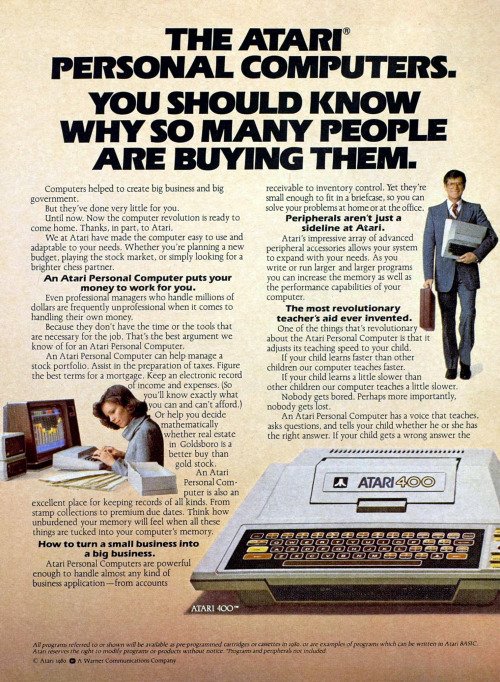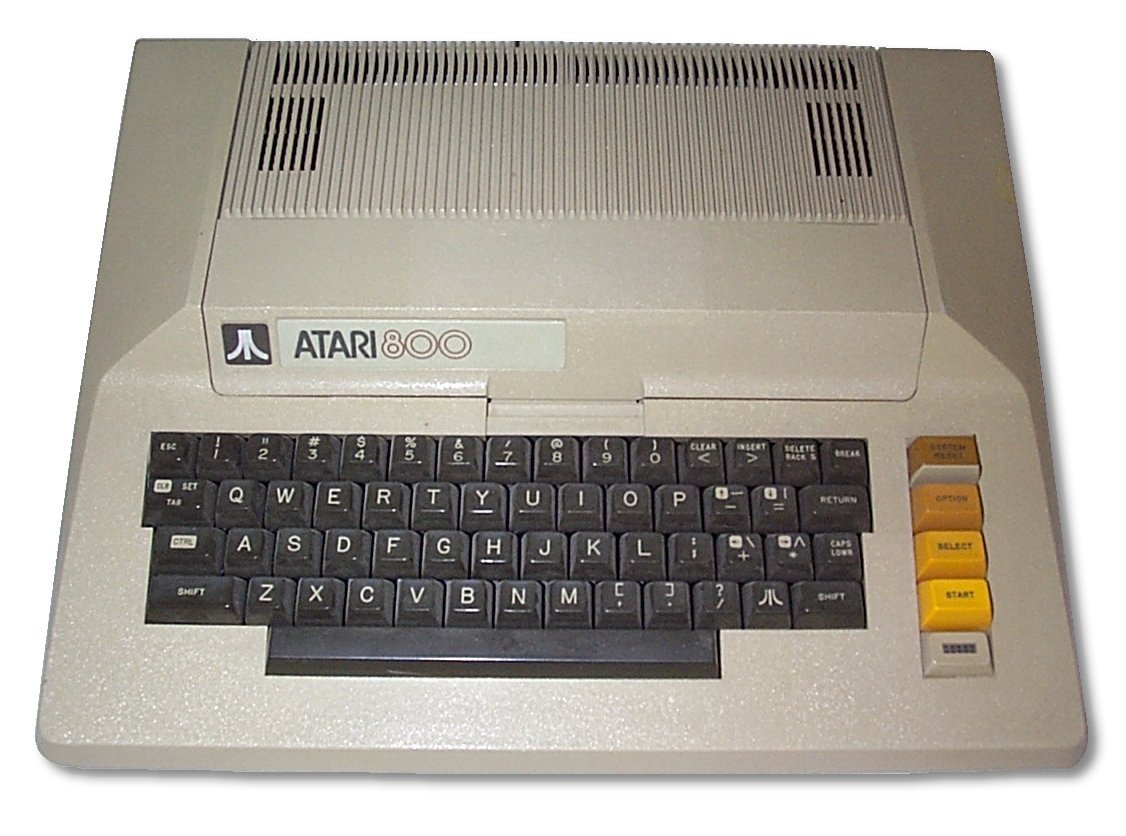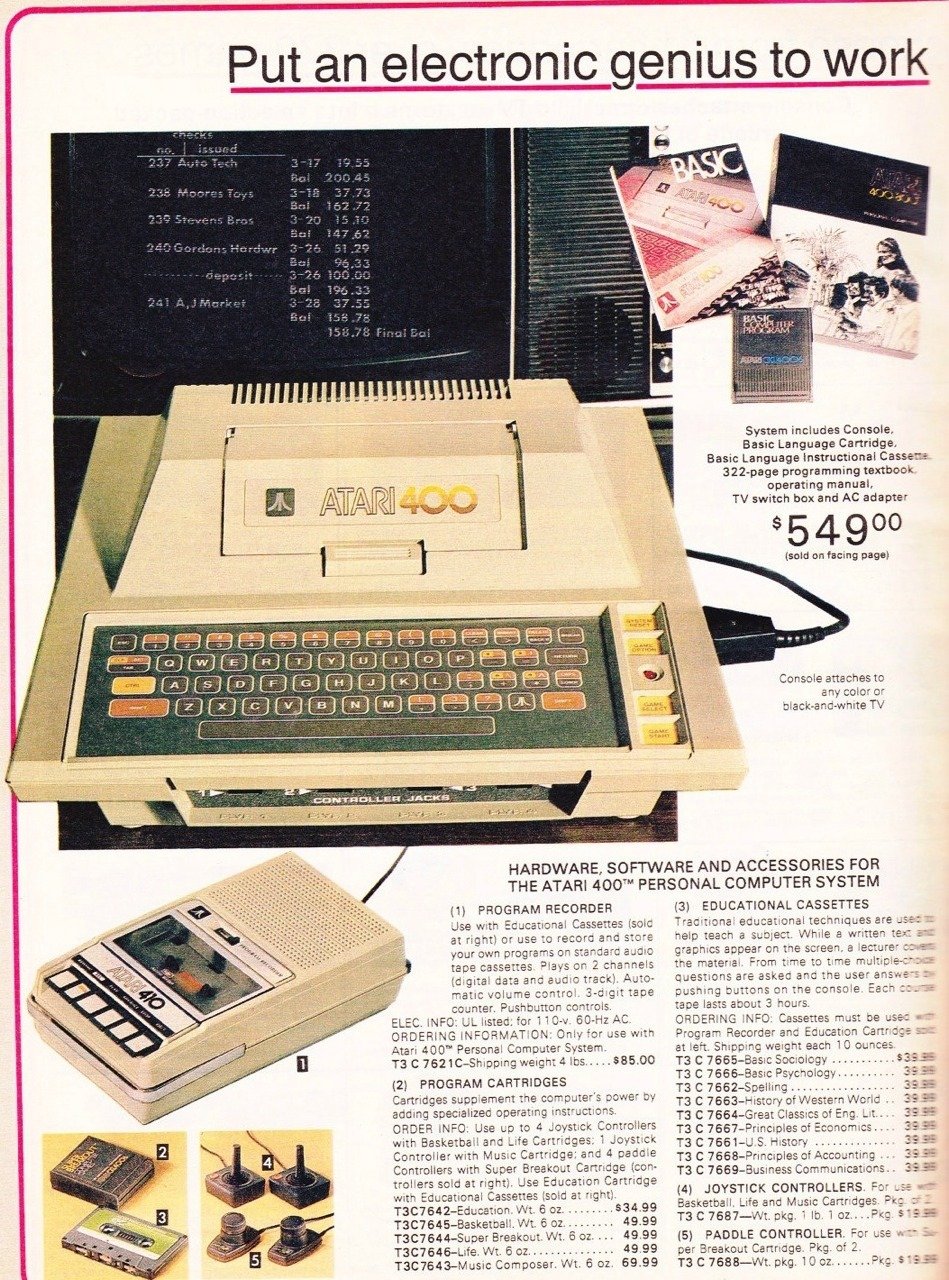[APP2 / ATARI 8-BIT / C64 / DOS]
[USA] [MAGAZINE] [1984]
- Electronic Games, November 1984 (#33)
- Scanned by Jason Scott, via The Internet Archive
http://darth-azrael.tumblr.com/post/160809623018/vgprintads-the-wizard-of-ids-wiztype-app2
At one time there were a variety of software products on the market for teaching you how to type. I’m not sure what that market is like today but in 1984 The Wizard of Id’s WizType by Sierra was one of the better such products out there. It was available for many of the computers available at the type including the Commodore 64, Atari 8-bit line, DOS and Apple II.
Like most software of its type, WizType offered various options including practice, a game and testing. The most interesting in the options in WizType were probably the game, own lesson, and paragraphs.
The game, along with the theme for all the other sections, was based on The Wizard of Id comic strip. In the game, typing accurately and quickly enough caused the Wizard to zap the spirit from the well. Too slow or inaccurate and the spirit eventually turns into a dragon and breathes fire on the wizard.
The ‘Own Lesson’ option allowed you to enter words or letter combinations for you to practice. This was useful if you had difficulty with something in particular or were just tired of the provided content.
Paragraphs provided paragraphs out of various literary works (Dickens’ Tale of Two Cities for example) for you to practice on. It also allowed you to enter and store your own paragraphs for practice. This feature is what really gave WizType longevity.








